
Lesson
In recognition of May's Honoree for the 2024 South Carolina African American History Calendar, Clifton B. Newman, students will explore the case, Brown v. Board of Education that inspired Judge Newman...
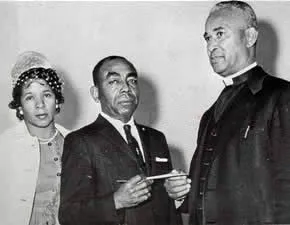
The Briggs v. Elliott case began as a simple request to provide bus transportation. In addition to having separate and very inferior facilities, black children had to walk to school, sometimes many miles.
PHOTO: Mr. Harry Briggs and wife Eliza, plaintiffs in the landmark case of Briggs v. Elliott, and Rev. J.A. DeLaine after they had been forced to leave South Carolina due to the repercussions of helping to initiate a petition to acquire school buses for black children in Clarendon County.

Lesson
In recognition of May's Honoree for the 2024 South Carolina African American History Calendar, Clifton B. Newman, students will explore the case, Brown v. Board of Education that inspired Judge Newman...
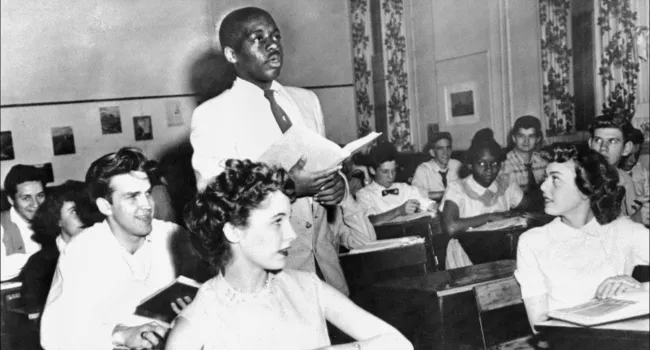
Lesson
Students will understand and analyze the impact of the Brown vs. Board of Education court case and how it changed the lives of American citizens and public schools.
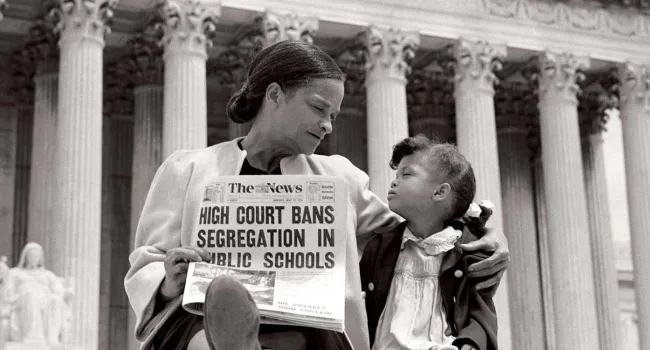
Lesson
Students will understand and analyze the impact of the Brown vs. Board of Education court case and how it changed the lives of American citizens and public schools.

Video
The original Scott’s Branch High School was formed to serve African American students in Summerton, South Carolina. Originally known as the Taw Caw School, the school's name changed due to the...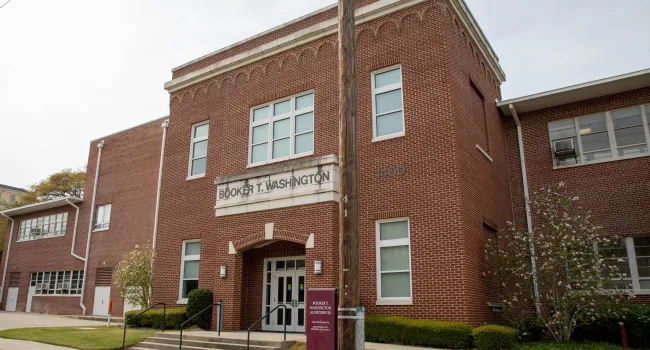
Photo
The Booker T. Washington Auditorium Building is the last extant building of Booker T. Washington High School in Columbia, South Carolina. The school opened in 1916 and became an important institution...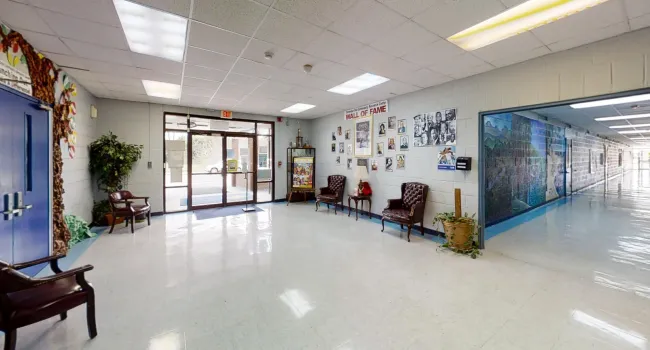
Interactive
The original Scott’s Branch High School was formed to serve African American students in Summerton, South Carolina. Originally known as the Taw Caw School, the school's name changed due to the...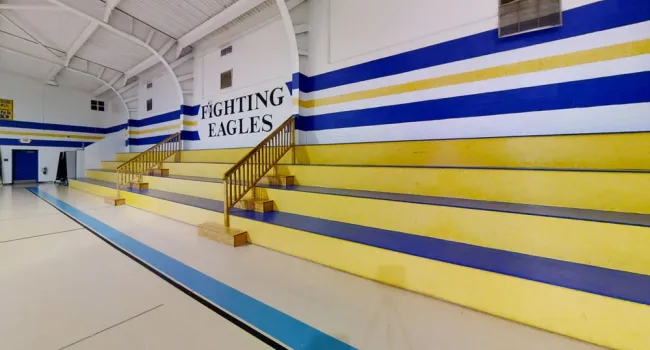
Interactive
Take a tour inside the Historic Scott’s Branch High School gymnasium. The original Scott’s Branch High School was formed to serve African American students in Summerton, South Carolina. Originally...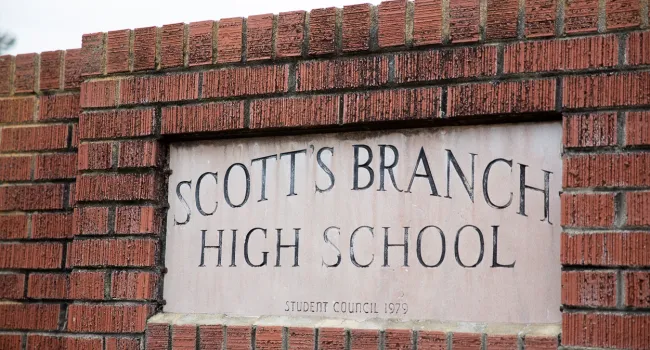
Photo
Scott’s Branch High School (1951-1994) is a building with national significance due to its association with the United States Supreme Court case, Briggs v. Elliott , part of the Brown v. Board of...
Video
Modjeska Simkins discusses the lack of basic amenities, and financial problems of the three room school house where her mother and sister worked.
Video
The 2020 James Otis Lecture will feature Richard Gergel, United States district judge, providing an informative presentation about his book “Unexampled Courage,” which details the impact of the...